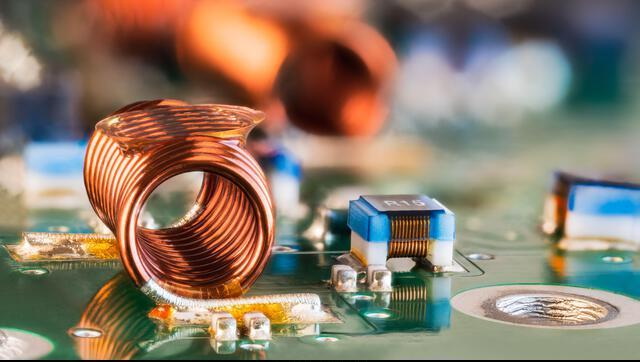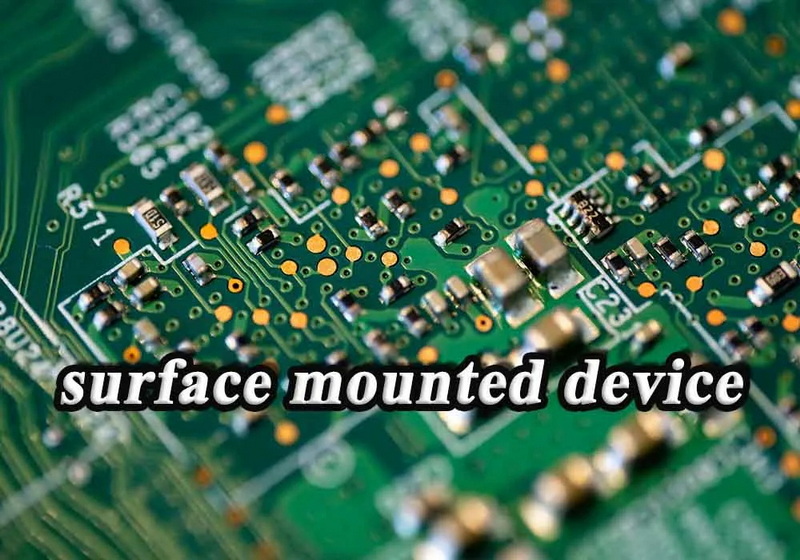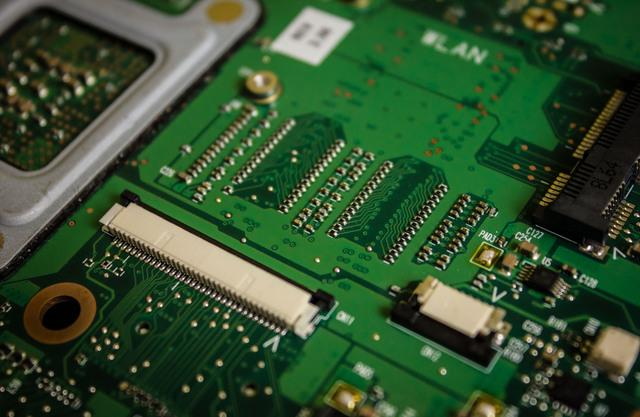Content Menu
● Introduction
● Materials Used in SMT Manufacturing
>> Solder Paste
>> Flux
>> Adhesive
>> Cleaning Agents
● SMT Production Process
>> Step 1: Stencil Preparation
>> Step 2: Solder Paste Printing
>> Step 3: Component Placement
>> Step 4: Reflow Soldering
>> Step 5: Inspection and Cleaning
● Conclusion
● FAQ
>> 1. What is the role of solder paste in SMT manufacturing?
>> 2. Why is flux important in the SMT process?
>> 3. How are components placed on the PCB during SMT assembly?
>> 4. What is reflow soldering?
>> 5. Why are cleaning agents used in SMT manufacturing?
Introduction
Surface Mount Technology (SMT) has significantly transformed the electronics manufacturing industry, allowing for the production of compact, high-performance, and reliable devices. This article delves into the materials utilized in SMT manufacturing and outlines the SMT production process. Understanding these materials and processes is crucial for manufacturers aiming to ensure the quality and efficiency of their electronic assemblies.

Materials Used in SMT Manufacturing
The success of SMT hinges on various materials that play essential roles throughout the manufacturing process. Below are the primary materials used in SMT:
Solder Paste
Solder paste is a fundamental material in SMT manufacturing. It serves as an adhesive medium that connects components to the circuit board. Composed of solder alloy particles suspended in flux, solder paste ensures both mechanical and electrical connections.
- Composition: Common elements found in solder paste include tin, silver, and copper, with specific ratios tailored to meet project requirements. For instance, a typical lead-free solder paste might consist of approximately 96.5% tin, 3% silver, and 0.5% copper.
- Functionality: The solder paste not only provides adhesion but also facilitates the flow of solder during the reflow process, ensuring strong joints between components and pads.
Flux
Flux is another critical material often included in solder paste. It plays a vital role in the soldering process by:
- Oxide Removal: Flux effectively removes oxides and impurities from metal surfaces, ensuring smooth soldering.
- Prevention of Oxidation: During high-temperature processes, flux prevents oxidation, which can compromise the reliability of solder joints.
Different types of flux are available, each designed to suit specific materials and soldering methodologies.
Adhesive
Adhesives are employed to secure components during the assembly process, particularly in double-sided reflow or wave soldering applications. Their primary functions include:
- Component Stability: Adhesives help maintain the alignment of components during high-speed operations, preventing displacement before soldering is completed.
- Enhanced Reliability: By ensuring that components remain fixed to the PCB throughout the assembly process, adhesives contribute to the overall reliability of the finished product.
Cleaning Agents
After soldering, cleaning agents are essential for removing residues from the board. These agents are crucial for:
- Preventing Corrosion: Residual flux or solder paste can lead to corrosion over time; thus, cleaning agents help ensure the longevity and reliability of electronic assemblies.
- Maintaining Performance: Cleaning agents guarantee that any contaminants that could affect electrical performance are effectively removed from the PCB surface.

SMT Production Process
The SMT production process consists of several key steps that ensure efficient assembly and high-quality electronic products. Here's an overview of each step:
Step 1: Stencil Preparation
The first step involves creating a PCB stencil that guides the precise application of solder paste onto designated areas of the board. This stencil is typically made from stainless steel and features openings aligned with component pads on the PCB.
Step 2: Solder Paste Printing
In this phase, solder paste is applied to the PCB through the prepared stencil. A squeegee is used to ensure accurate deposition on designated pad points. Precision during this step is critical; improper application can lead to insufficient or excessive solder, affecting joint quality.
Step 3: Component Placement
Automated pick-and-place machines are used to position components onto the PCB with high precision. These machines ensure that each component is correctly aligned and oriented according to design specifications.
Step 4: Reflow Soldering
Once components are placed on the PCB, the assembly enters a reflow oven where it undergoes controlled heating. This process melts the solder paste, allowing it to flow and form strong connections between component leads and pads on the PCB.
- Temperature Control: The reflow process requires careful temperature management to prevent thermal stress on components while ensuring proper melting and solidification of solder.
Step 5: Inspection and Cleaning
After reflow soldering, Automated Optical Inspection (AOI) systems check for defects such as misaligned components or insufficient solder joints. Following inspection, cleaning agents are used to remove any residual flux or solder paste from the board.
Conclusion
Understanding the materials and processes involved in SMT manufacturing is crucial for producing high-quality electronic assemblies. Each material—solder paste, flux, adhesives, and cleaning agents—plays a vital role in ensuring reliable connections and overall performance of electronic devices. By following a structured SMT production process that emphasizes precision at every stage, manufacturers can achieve efficiency and maintain high standards in their operations.

FAQ
1. What is the role of solder paste in SMT manufacturing?
Solder paste acts as an adhesive medium that ensures both mechanical and electrical connections between components and the PCB.
2. Why is flux important in the SMT process?
Flux removes impurities from metal surfaces and prevents oxidation during soldering, ensuring smooth application and reliable connections.
3. How are components placed on the PCB during SMT assembly?
Automated machines use high precision to place components onto the PCB according to design specifications, ensuring proper alignment.
4. What is reflow soldering?
Reflow soldering is a heating process where assembled boards are heated in a controlled environment to melt solder paste and create strong joints between components and pads.
5. Why are cleaning agents used in SMT manufacturing?
Cleaning agents remove residues from PCBs after assembly to prevent corrosion and ensure long-term reliability of electronic devices.




















